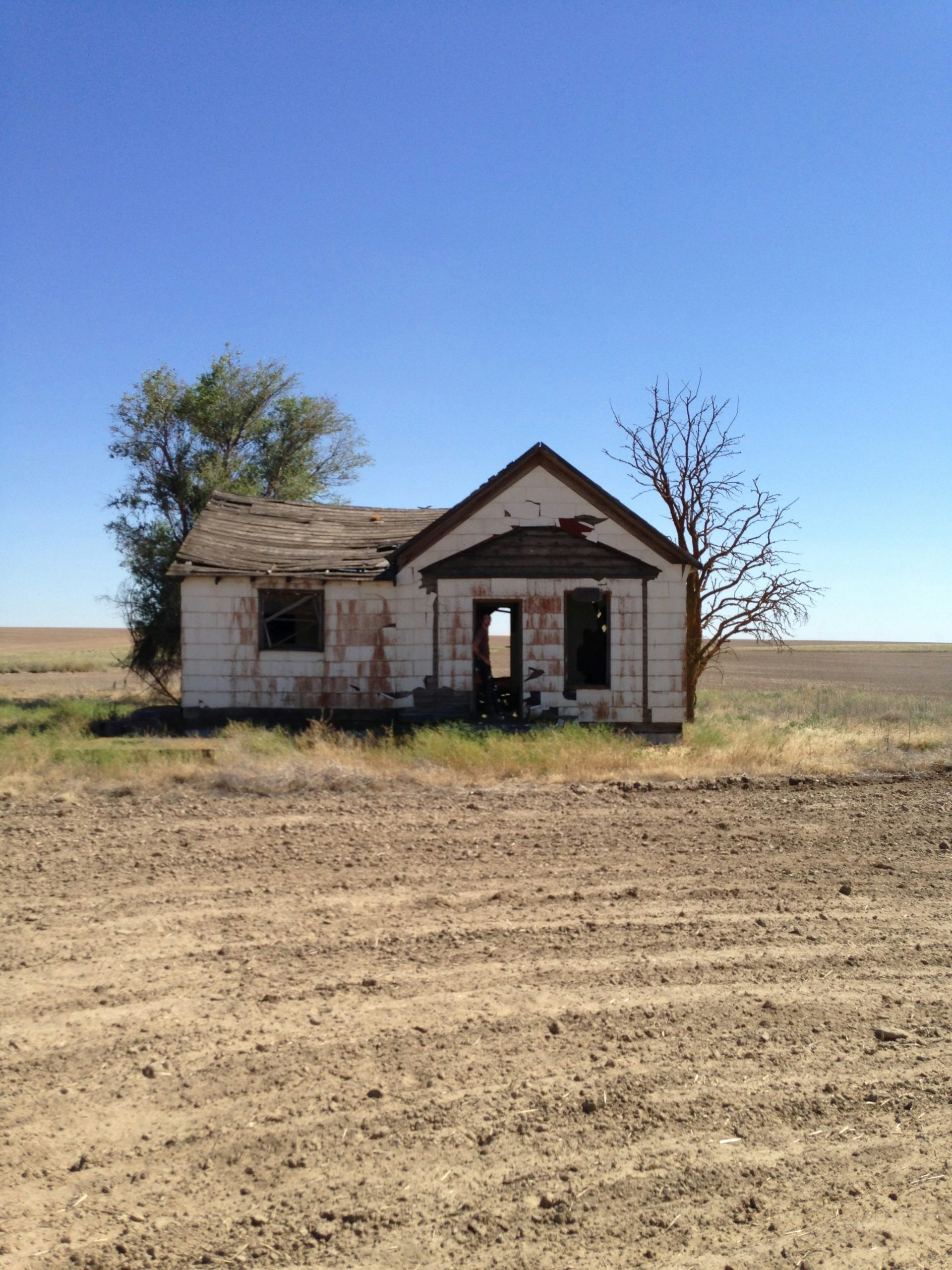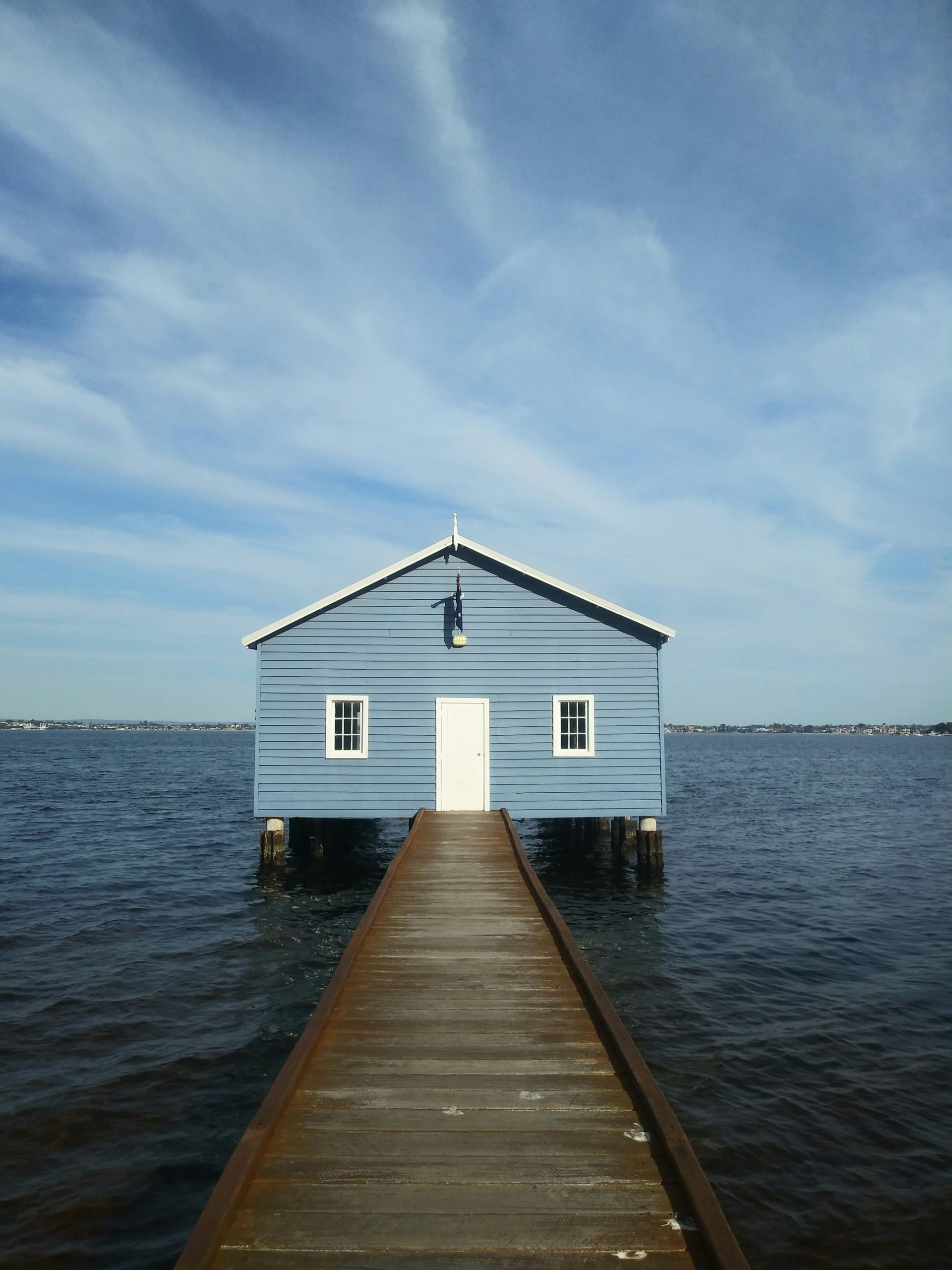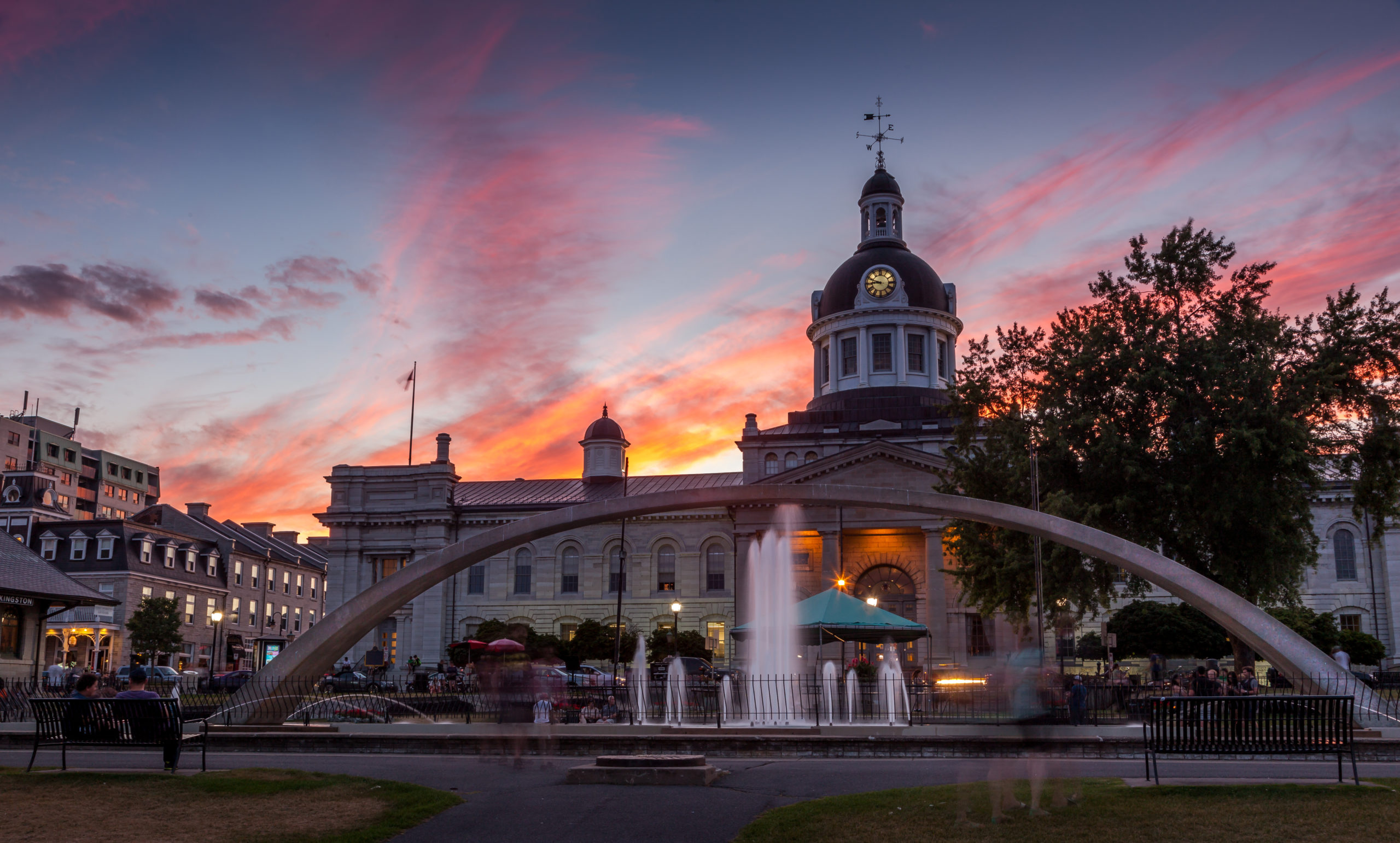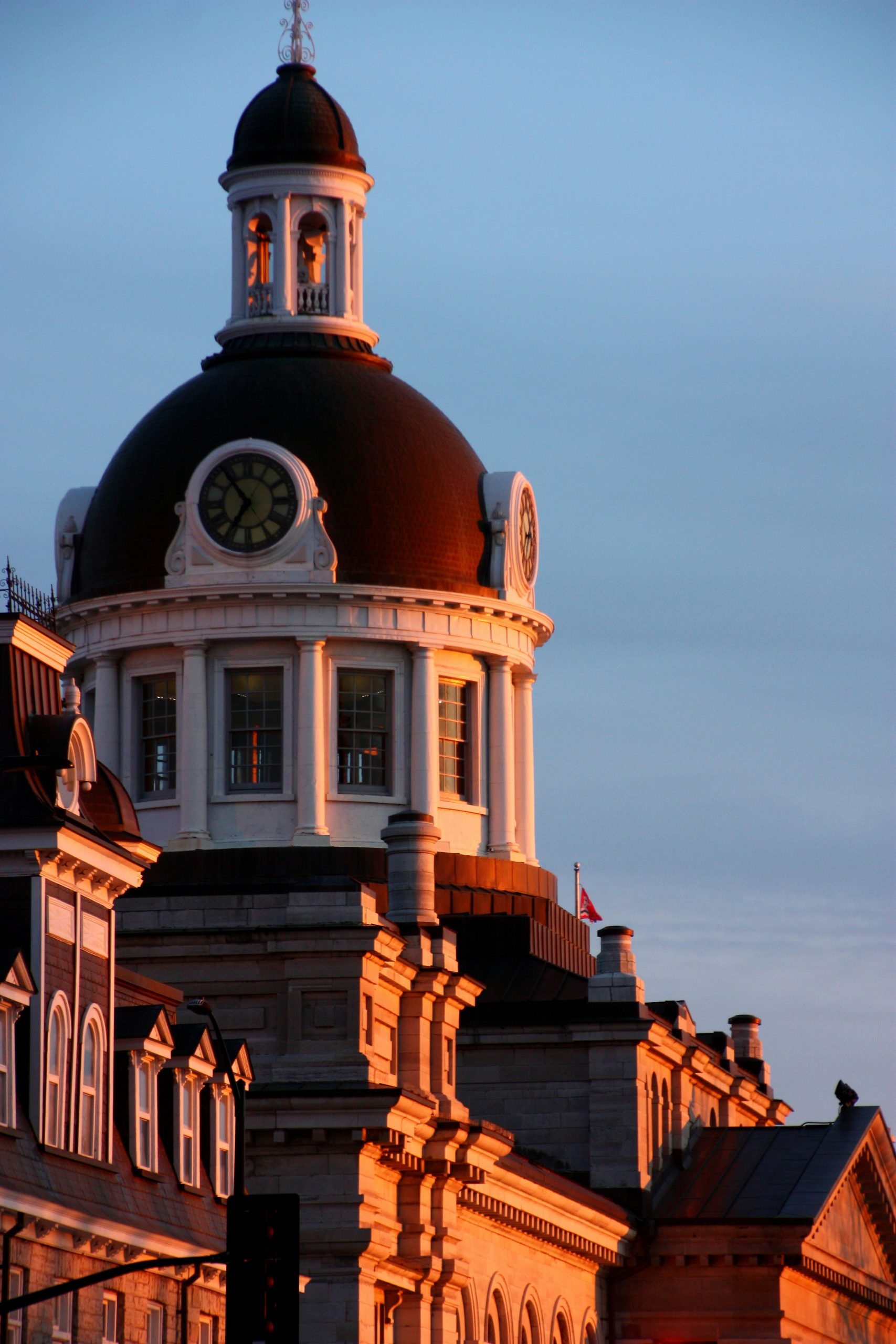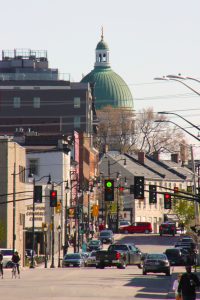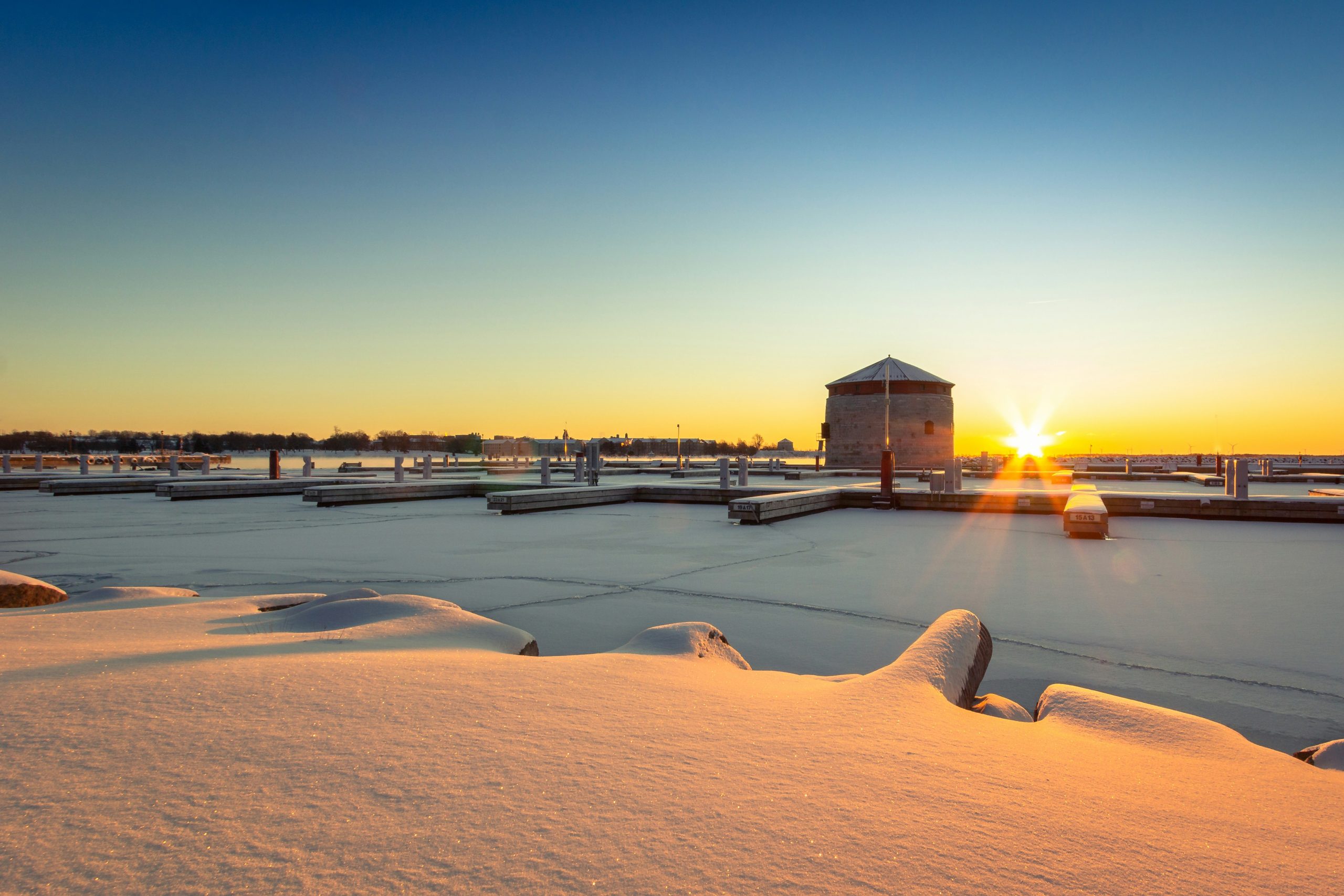1. Bayridge Secondary School
Neighborhood: Bayridge (West Kingston)
School: A public high school with modern facilities and a reputation for community involvement. Recently updated spaces make it attractive for local families.
Area Summary: Bayridge is a classic suburban neighborhood with quiet, family-friendly streets, established homes, and easy access to shops and parks. It’s one of Kingston’s most popular west-end communities.
2. Loyalist Collegiate and Vocational Institute (LCVI)
Neighborhood: Calvin Park (West-central Kingston)
School: Known for its wide range of programs—AP prep, arts enrichment, skilled trades, and international options—LCVI serves a diverse student body.
Area Summary: Calvin Park is centrally located, close to shopping, the Kingston Centre, and bus routes. It’s convenient for families who want quick access to downtown and west-end amenities.
3. Frontenac Secondary School
Neighborhood: Strathcona Park (Northwest Kingston)
School: A well-established public high school recognized for its strong academic programs, music, and athletics—especially football and basketball. It has a reputation for school spirit and community engagement.
Area Summary: Strathcona Park is a mature, family-oriented neighborhood with tree-lined streets, larger lots, and quick access to schools, parks, and shopping. Families enjoy its balance of quiet living with proximity to central Kingston.
4. La Salle Secondary School
Neighborhood: Pittsburgh Township / East Kingston
School: La Salle has a strong reputation in academics and athletics, particularly football and rugby, drawing students from suburban and rural parts of Kingston’s east side.
Area Summary: East Kingston offers a mix of established subdivisions and newer developments, with larger lots and access to waterfront areas along the St. Lawrence. It appeals to families who enjoy a quieter lifestyle with an easy commute into the city.
5. Regiopolis–Notre Dame Catholic Secondary School (RND)
Neighborhood: North-central Kingston
School: One of Ontario’s oldest Catholic high schools, RND is well-regarded for its International Baccalaureate (IB) program and close-knit school culture.
Area Summary: Located just north of downtown, this area combines historic neighborhoods with newer infill housing. It’s ideal for families who want to be close to the city core, hospitals, and Queen’s University.
6. Holy Cross Catholic Secondary School
Neighborhood: Bayridge (West Kingston)
School: Holy Cross is a large Catholic school with strong extracurriculars and community involvement, serving grades 9–12.
Area Summary: The west end around Bayridge is one of Kingston’s fastest-growing residential areas, with newer homes, shopping plazas, and excellent access to parks and recreation. Families here enjoy a modern suburban lifestyle.
7. École secondaire catholique Sainte-Marie-Rivier
Neighborhood: East Kingston
School: A French-language Catholic school for grades 7–12, offering standout programs in STEM, dance, robotics, and hockey.
Area Summary: East Kingston is known for its balance of quiet residential neighborhoods and open space. With newer schools and family-oriented amenities, it’s a draw for Francophone families and those looking for more suburban living.
8. Kingston Secondary School (KSS)
Neighborhood: Kingscourt / Rideau Heights (Central Kingston)
School: Kingston’s newest public high school, KSS features state-of-the-art facilities, a focus on technology and the arts, and a wide range of extracurricular activities. It serves as a central hub for students from across the city.
Area Summary: Kingscourt and Rideau Heights are evolving neighborhoods with a mix of older homes, new developments, and revitalization projects. Families here benefit from proximity to downtown, schools, and community centres.
9. Leahurst College High School
Neighborhood: Downtown Kingston
School: A private, university-preparatory school with small class sizes, personalized learning, and a strong academic focus.
Area Summary: Downtown Kingston is vibrant and walkable, with historic architecture, waterfront parks, and cultural hotspots. Families in this area enjoy being steps away from shops, restaurants, and Queen’s University.
Final Thoughts
Kingston offers a diverse mix of high schools spread across unique neighborhoods. From the lively downtown core to the suburban west and quieter east end, each area has its own character—and the schools reflect that. Choosing a high school here isn’t just about academics; it’s about finding the right fit for your family’s lifestyle.

 Facebook
Facebook
 X
X
 Pinterest
Pinterest
 Copy Link
Copy Link




